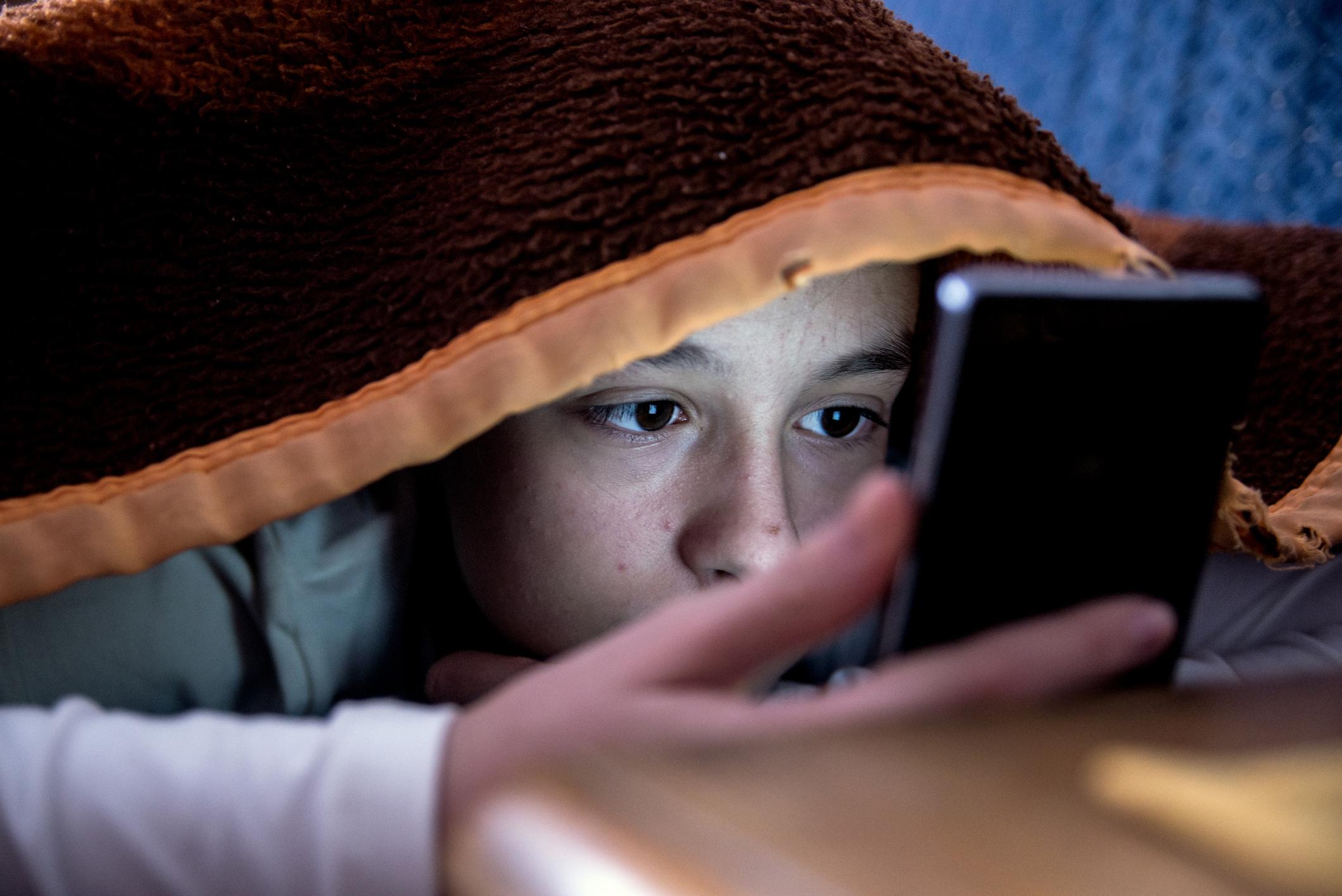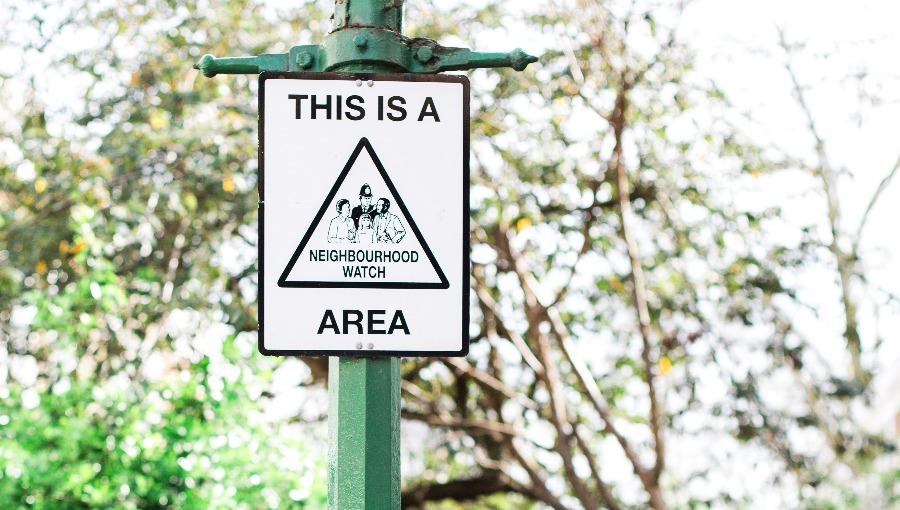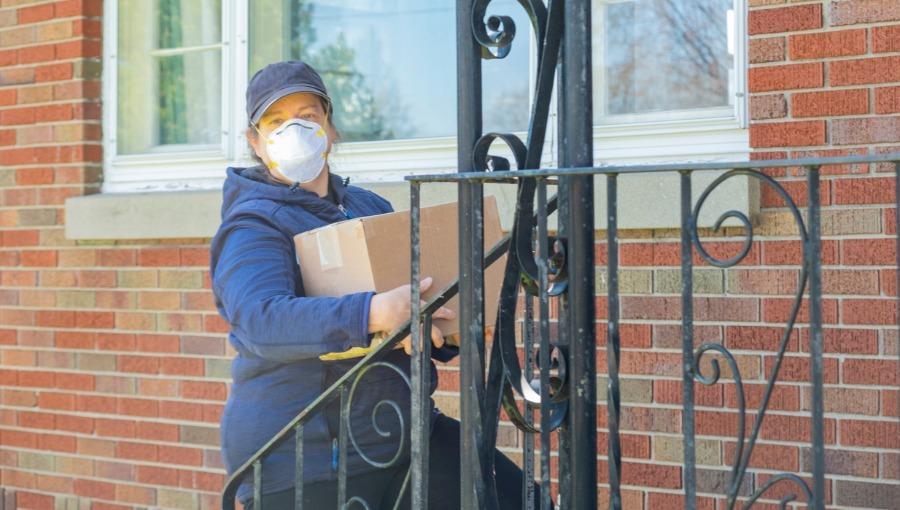Craig Johnson
How to Keep Your Kids Safe Online
6 ways parents can reduce online risks to their children.

It used to be that reducing the risk of our children getting into trouble took a simple three-pronged approach. First, we monitored where they went, back when the possibilities were limited to walking and biking distances. Then we met their friends, when friends were always other actual people you could stand in front of. Lastly, we kept them from hanging around the wrong establishments, when the only sketchy places were, say, the liquor store, the dive bar, and the bowling alley parking lot at night.
Cut to today. The scope of where our children might go is anywhere in the online world without taking one step outside the home. They make "friends" (our language hasn't caught up to what these actually are) of avatars and personas and inexplicable celebrities across the globe but also perhaps next door. And the sketchy places they might get near has grown from a handful in one town to infinity, if nearness is measured not by proximity but by what their eyes, ears, and minds can reach.
1 in 25 kids aged 6-17 has sent an explicit photo online at least once.
1 in 4 kids pretends to be older online.
- Source: BrandonGaille.com
4 out of 10 online sexual solicitors are under 18.
Thankfully, parents have the right and the technology to monitor their children's online activity. We can't go back to simpler times, but we sure can stand between our kids and the infinite possibilities for trouble that the internet represents, to educate them and keep them safer.
Search Anyone Free1. Talk to Them About Online Dangers
While we don't want to make our children paranoid, we must teach them that not everyone they meet online has good intentions. It's estimated that one out of five teenagers has been sexually propositioned by an adult stranger online. Psychology Today's research lab found that 12% of teens who chatted with an adult online went on to meet them in person for a sexual relationship.
Chat apps and social media are a great disguise for bad guys. Some tips from the experts:
- Talk with your kids about the importance of privacy, how it's not smart for them to give out their full name, where they live, where they go to school.
- Teach them the difference between answering casual inquiries ("What's your favorite movie?") and answering questions meant to learn identifying information or worse ("Do you get the house to yourself after school?").
- Teach them to be comfortable saying, "I don't give out that information."
2. Point Out Fact From Fiction
Instill a healthy skepticism in your kids. The web is an almost bottomless ocean of low-quality information. What this is doing to our culture and the world is a topic for another day, but the least we can do is have fun with it. Point out to your kids the ludicrous and the just plain silly when you see it.
Humor keeps the channels of communication open. If you get accustomed to showing each other your phone screens because you detect B.S. in a post and it makes you smile, your child is more likely to show you the screen when he or she receives a troubling message from a stranger.
Don't miss a chance to mention that online isn't real life, and try to keep the tone of the conversation humorous. Look up "influencers in the wild" for starters. These are photos and videos that capture fame-hungry social media influencers and wannabes looking foolish as they get that perfect image. It could be an influencer in a thong bikini posing against a sunset while a family just out of frame tries to eat dinner, or a young woman who hops out of a car with a power drill plugged into nothing, pretends to fasten plywood to a hurricane-damaged store window for five seconds ("Neighbors helping neighbors, xoxo!"), then drives away.

3. Know Their Passwords
First, know the PIN for your child's phone. Periodically ask to look at their phone (this is not negotiable). If they hand it to you unlocked, lock it and test the password.
Start with the photos. What photos have they taken? Look in photo folders (not just the camara roll), including cloud folders in apps like Microsoft OneDrive and Google Drive.
Look through their apps for newly installed programs, and open them if you're not sure what they do. Be most wary of chat apps. Open the browser and look at the history of sites visited.
Then, make it a requirement of their online access that they tell you every password for every site or app they join, for every profile they create. You don't need to snoop all the time. Just the knowledge that you could open their Snapchat, read their Instagram direct messages, or browse their photos can be enough to keep them well behaved on these apps. Even better, you see the users who interact with your child online.
4. Use Parental Controls on Their Phone
For younger children it's especially important to control how they can use their phone. In their pocket is the entire internet if you aren't careful.
For iPhones, activate the various controls under Settings > Screen Time. Choose "This is my child's iPhone." Explore all the controls you have under Content and Privacy Restrictions, and lock them with a password. Now you are in charge of how the phone can be used, such as:
- Restrict apps and features, including web browsing, whether any apps can be installed without the parental password, and the camera.
- Block content by type, such as podcasts rated explicit and movies rated R.
- Prevent changes to the phone's privacy settings.
See Apple's support page for more information about parental controls here.
For Android phones, parents can restrict app purchases by setting up a password in the Google Play store, but to impose other restrictions they need a third-party app. In a guide to the best of these apps for 2023, Tom's Guide suggested Net Nanny ($59.99/year), Google Family Link (free), and Norton Family ($49.99/year).
5. Friend Your Kids
Gone are the days when teens signed up for all the apps while their parents still carried basic cellphones. Teens roamed a virtual Wild West where the old folks couldn't pry. Today you can download and sign up for the same social media apps and chat services on your smartphone, and you should.
Make it a household requirement that the parents are always one of the kid's friends/contacts/follows in the apps—or the app can't be used. Now whenever your child posts to any of these apps, you'll get an alert on your phone (turn on notifications in the app's settings). You won't have to waste your time with the app otherwise.

6. No Internet in Bedrooms at Night
In many households the dinner table is a no-devices zone. So should the kids' bedrooms be at night. Set up a family charging station where the phones, laptops, and tablets spend the night. At a glance you'll be able to tell if some device is missing before lights-out.
Now, if you're savvy with network routers, you could block specific devices from using your Wi-Fi during sleeping hours, but phones will just hop onto the cellular data network instead.
Parental controls in the devices can limit use by hours too, leaving the phone basically a paperweight at night. Be suspicious if you think you've disabled their phones but the kids still want to bring the devices to bed with them. Did they discover a workaround?
Confiscation, on the other hand, is foolproof. We're talking the friendly, routine, "Don't forget to put your phone on the charger, honey!" kind of confiscation.
Search Anyone Free



